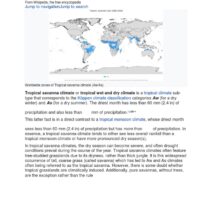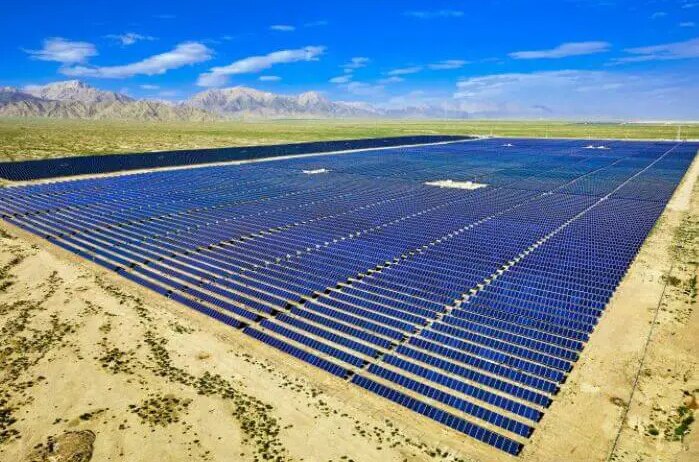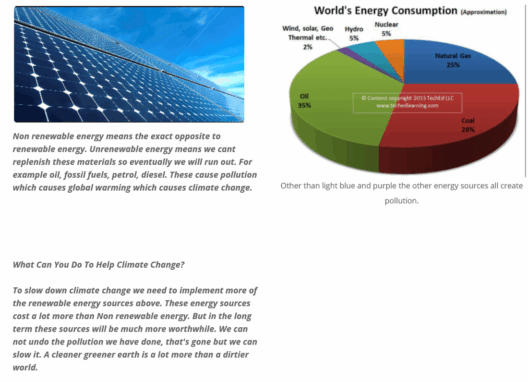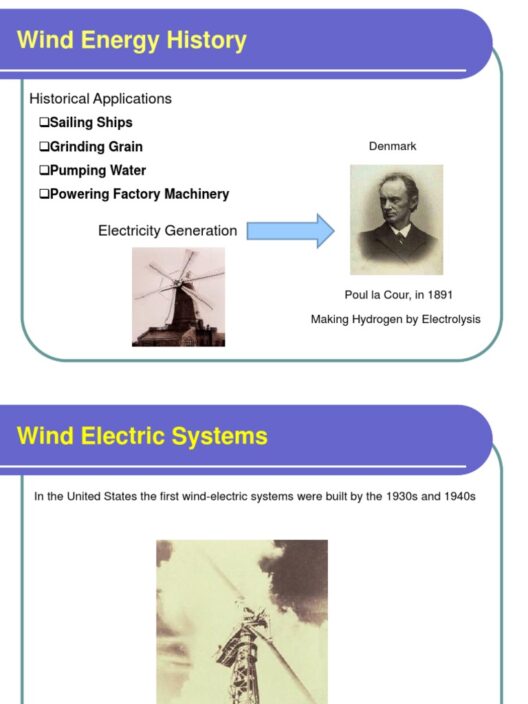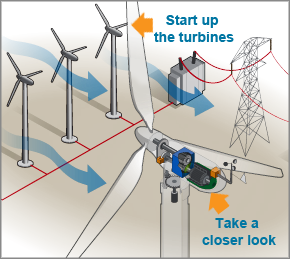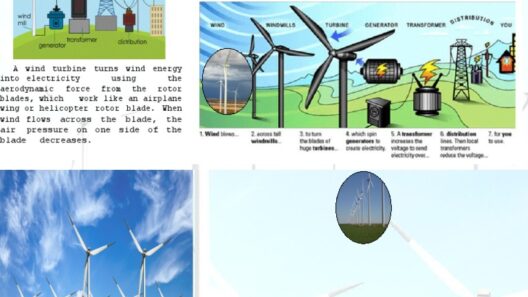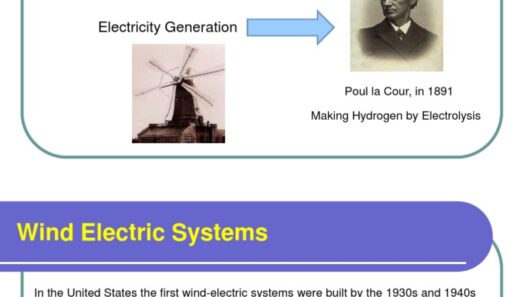Wind energy has often been heralded as a paragon of renewable energy, offering a more sustainable alternative to fossil fuels. However, while the environmental benefits of wind power are well-documented—including reduced greenhouse gas emissions and reliance on finite resources—it is crucial to examine the potential negative impacts that wind energy can have on the environment. This exploration sheds light on the intricate relationship between wind power and ecological health, challenging the perception of wind energy as an unequivocal boon.
As we delve into the potential downsides of wind energy, a more nuanced understanding of the technology’s implications emerges. From avian mortality to ecological disruption, the dark side of wind power invites scrutiny that demands attention.
Wind turbines possess a strikingly aesthetic presence, standing tall against the backdrop of blue skies. Yet, beneath this grand visual appeal lurk concerns tied to biodiversity and ecosystem integrity. This article explores the multifaceted dimensions of wind energy’s environmental impact.
Avian Impact: The Skyward Toll
One of the most cited ecological concerns related to wind energy is its impact on bird populations. The majestic silhouettes of wind turbines, while impressive in scale, pose a dire threat to avian life. Studies have shown that birds, especially those that migrate, can fall victim to the turbine blades, leading to significant fatalities.
The height and speed at which these turbines operate create a perilous environment for flying creatures. For instance, species such as eagles and bats have been documented to suffer high mortality rates in proximity to wind farms. These organisms are vital components of their ecosystems, engaging in activities that control pest populations, pollinate plants, and contribute to the food web balance. The loss of even a small number of individuals can lead to a cascading effect within local ecosystems.
Moreover, the installation and operation of wind farms often require altering habitats, which can lead to displacement of local species and, in some cases, their eventual extinction. While measures to minimize bird fatalities, such as turbine design modifications and strategic siting, are being developed, the threat to avian populations remains a contentious issue.
Ecological Disruption: Altering Natural Landscapes
The construction of wind energy facilities often necessitates significant land use and alteration, which can disrupt local ecosystems. Building roads, laying down foundations, and erecting turbine structures can fragment habitats, challenging the resilience of native flora and fauna. This encroachment into previously undisturbed areas is all too common, particularly in regions known for their biodiverse qualities.
In addition to habitat fragmentation, the operational footprint of wind farms can lead to soil compaction and erosion. Heavy machinery used during construction can compress soil, diminishing its ability to absorb water and supporting vegetation. The consequent changes in soil structure can further inhibit plant growth, restricting the types of flora that can thrive in these environments.
Furthermore, the cumulative impacts of multiple wind farms in a region can magnify these ecological disruptions. Studies indicate that when several wind projects converge in a single locality, they can compound the challenges faced by wildlife, potentially leading to a marked decline in biodiversity. The aesthetics of wind power, while appealing to many, must thus be weighed against these significant ecological costs.
Noise and Visual Pollution: The Overlooked Discomfort
Frequently overshadowed in discussions about renewable energy is the issue of noise pollution that emanates from wind turbines. The rhythmic whooshing of blades slicing through the air creates a soundscape that can be intrusive, especially in tranquil rural settings. For nearby residents, the incessant noise can disrupt daily activities and degrade the quality of life.
Statistically, communities situated near wind farms have reported increased instances of sleep disturbances, anxiety, and other stress-related conditions. While proponents of wind energy emphasize its environmental benefits, it is imperative to recognize the social implications of noise pollution. These factors can fuel local opposition to wind projects, underscoring the fact that the implementation of renewable energy sources should involve community engagement and consideration of public health.
Moreover, visual pollution is another aspect that merits attention. While many individuals find wind turbines to be visually appealing, others regard them as intrusive structures that mar natural landscapes. There is an increasing concern about the aesthetic dissonance that wind farms can create, particularly in picturesque or pristine environments. This conflict between energy production and landscape preservation invites further discourse about where and how wind projects should be implemented.
Conclusion: Striking a Balance
As we contemplate the future of energy production, the discussion surrounding wind energy must encompass its potential environmental downsides. From the impacts on bird populations to the disruption of ecosystems, these factors cannot be overlooked in the broader dialogue about sustainability. The aesthetic appeal of wind turbines should not overshadow their ecological footprint, which can alter the delicate balance of nature.
In calling for a balanced approach, we advocate for innovations that mitigate negative impacts while maximizing the benefits of wind energy. By ensuring thorough environmental assessments and engaging communities in planning processes, we can work towards a more responsible integration of wind power into our energy portfolio. The road to renewable energy is paved with challenges, but it is only through addressing these concerns that we can forge a sustainable path forward.

